Everyday Mathematics Grade K Answer Key Unit 4 Section 4
Everyday Mathematics Grade K Home Link 4.1 Answers
Attribute Treasure Hunt
Family Note
Attributes describe the physical characteristics of an object, such as its size, color, and shape. In school, your child has been identifying attributes of blocks and sorting them by common attributes. These skills lay a foundation for later work in geometry and algebra. Plan an attribute treasure hunt at home to help your child practice describing and organizing objects according to multiple characteristics.
Go on an “attribute treasure hunt” with a family
member. For example:
- Find a small ball and a large ball.
- Find a thin book and a thick book.
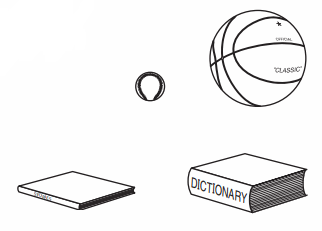
- Find something taller than you and something shorter than you.
- Find as many red objects as you can.
- Find as many round objects as you can.
Make up your own!
Answer:
Find some square shape and rectangle shape objects in the home.

Explanation:
An “attribute treasure hunt” with a family members.
Find square shape and rectangle shape objects in the home.
Notebook , Clock , Dice are Square shape objects in the home.
Dinning table , Toolbox , Window , Mirror are Rectangle shape objects in the home.
Everyday Mathematics Grade K Home Link 4.3 Answers
Making a Shoe Graph
Family Note
At school, we made and analyzed a graph of children’s favorite colors. At home, children can make a real-object graph by sorting different shoes into categories (shoes with laces, black shoes, fancy shoes, and so on) and lining them up by category. Ask questions to help your child compare the number of shoes in each group. If you do not have enough shoes to sort, your child can use another collection, such as silverware or toys.
Gather the shoes in your house.
Sort the shoes in a way that is interesting to you.
Organize the groups of shoes into lines to make a graph.
Which kind of shoe is the most common?
Which kind of shoe is the least common?
What other questions can you answer by looking at your graph?

Answer:
The Toys Kitchen kit in my house.
Organize the toys of Toys Kitchen kit into lines to make a graph.
Which color of Toys in Kitchen kit are most common?
Which color of Toys in Kitchen kit are more and less?
How many color toys are there in Toys kitchen kit?
How many different vessels are there in Toys kitchen kit?
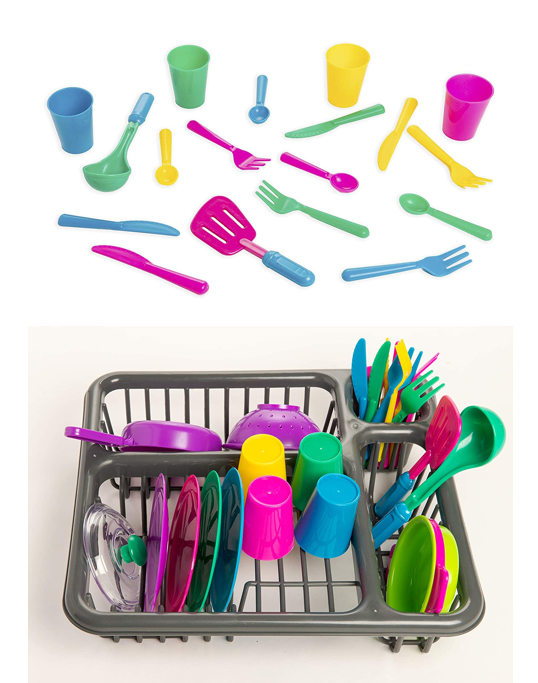
Explanation:
Sort the Toys Kitchen kit in a way that is interesting to you.

Everyday Mathematics Grade K Home Link 4.5 Answers
Match Up with Ten Frames and Numbers
Family Note
Ten frames help children see quantities flexibly and break them apart in different ways. They also lay groundwork for learning addition and subtraction facts. Children have played several versions of the game Match Up at school. In this version, use the deck of ten-frame and number cards your child brings home to match numerals with ten frames that show that number of dots. Please return the decks so we can continue to play at school.
Materials Ten-Frame Cards and Number Cards from school
Players 2
Object To collect the most ten-frame and numeral matches
Directions
- Place the cards facedown in two rows on a table or on the floor. (Separate the ten-frame row from the number row.)
- Players take turns choosing one ten-frame card and one number card.
- If the cards match, the player explains how he or she knows they match and keeps the cards. If the cards don’t match, the player turns them back over.
- Play until all the matches have been found.
Play Match Up with Ten Frames and Numbers with someone in your family.

Answer:
Match Up with Ten Frames and Numbers play I was playing with my Daddy.
First time : He said 5 and could not match the card.
Second time: He said the number 1 in the number card and it matched with the ten-frame card. He said he was just guessing them n they turned matching.
Explanation:
Match Up with Ten Frames and Numbers play I was playing with my Daddy.
First time : He said 5 and could not match the card.
Second time: He said the number 1 in the number card and it matched with the ten-frame card. He said he was just guessing them n they turned matching.
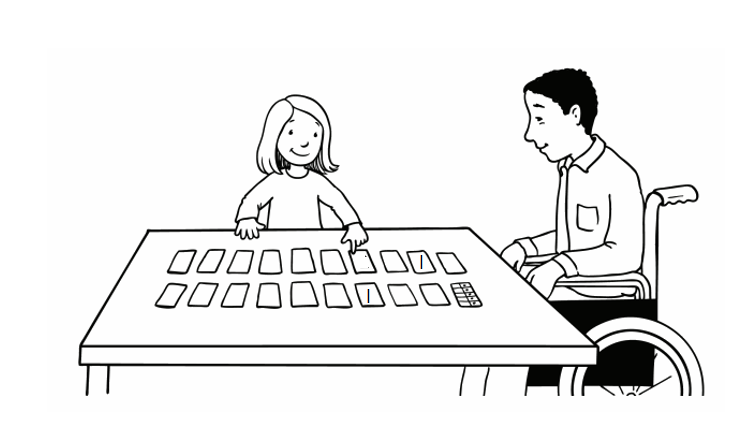
Everyday Mathematics Grade K Home Link 4.9 Answers
Heavier or Lighter?
Family Note
In school we have been talking about different types of measures, such as weight and length. Support your child’s developing measurement skills by pointing out the many ways we measure things in everyday life. Help your child make connections to the pan balances we’ve been using in school to compare the weights of objects. As you talk with your child, model the correct use of words and tools to describe and compare sizes and weights of different things.
Compare the weights of two objects by extending both arms and holding one object in each hand.
Which object is heavier? Which object is lighter?
How did your arms look? Draw a picture to show
which object felt heavier and which one felt lighter.
What tools could you use to check which object weighs more?
Try this again with other objects.
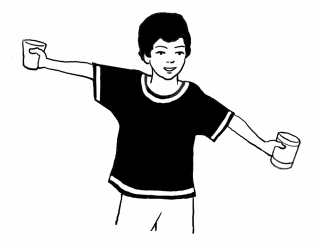
Answer:
Compare the weights of the “juice and color marbles” objects by extending both arms and holding one object in each hand.
Which object is heavier than which object?
Draw a picture to show how your arms looked when you were holding these objects.
What tools could you use to check the weighs of these objects?
Which object was heavier and which one felt was lighter.

Explanation:
Compare the weights of the “juice and color marbles” objects by extending both arms and holding one object in each hand.
Which object is heavier than which object?
Draw a picture to show how your arms looked when you were holding these objects.
What tools could you use to check the weighs of these objects?
Which object was heavier and which one felt was lighter.
Everyday Mathematics Grade K Home Link 4.10 Answers
Measuring Capacity
Family Note
In addition to learning about length and weight, we are learning about capacity, the amount a container can hold. Filling containers and comparing their capacities gives your child the opportunity to experiment with measurable attributes in a playful context. Bath time provides an excellent opportunity to compare and experiment with containers of all shapes and sizes. Make sure that the containers you use for this activity are lightweight and unbreakable.
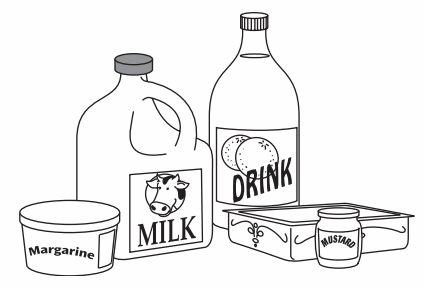
Collect some containers that are different shapes and sizes, such as cottage cheese tubs, plastic bottles, and juice containers.
Use the containers to pour water back and forth.
Which container holds the most?
Which container holds the least?
Do any containers hold about the same amount?
Which ones? Draw a picture of them.
Answer:
Phenol hand holder container holds the most than the other containers.
The cleaner bottle container holds the least than the other containers.
Dettol liquid bottle and the liquid cleaner bottle holds the same amount.
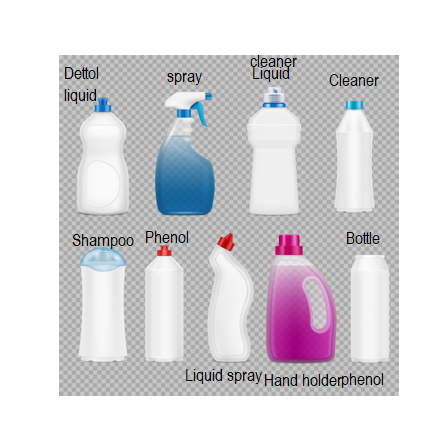
Explanation:

Phenol hand holder container holds the most than the other containers.
The cleaner bottle container holds the least than the other containers.
Dettol liquid bottle and the liquid cleaner bottle holds the same amount.
Everyday Mathematics Grade K Home Link 4.11 Answers
Counting Fingers
Family Note
Children enjoy counting, and they find ways to practice this skill all the time. In addition to counting by 1s, children are learning to “skip count” by 10s. When your child counts by 10s, help him or her connect the counting words with the concept of making groups of 10. Counting fingers (and toes) is an excellent way to begin.
Count all of the fingers in your family.
Count by 10s. (Don’t forget yourself!)
Count by 1s to double check.
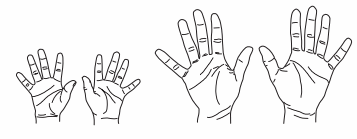
On the back of this page, draw the fingers of all the people in your family.
Try to write the number of fingers.
(It might be a big number. Ask someone for help if you need it.)
What else could you count by 10s?
(Hint: What do you put in a shoe?)
Answer:
Number of members in my family = 7 or Seven.
Number of fingers on their both legs = 10 or Ten.
=> Total number of fingers on their legs of my family members = 10 × 7 = 70 or Seventy.
Number of fingers on their both hands= 10 or Ten.
=> Total number of fingers on their hands of my family members = 10 × 7 = 70 or Seventy.
Total number of fingers of my family members = 70 + 70 = 140 or One Hundred and Forty.

Explanation:
Number of members in my family = 7 or Seven.
Number of fingers on their both legs = 10 or Ten.
=> Total number of fingers on their legs of my family members = Number of fingers on their both legs × Number of members in my family
= 10 × 7
= 70 or Seventy.
Number of fingers on their both hands= 10 or Ten.
=> Total number of fingers on their hands of my family members = Number of fingers on their both hands × Number of members in my family
= 10 × 7
= 70 or Seventy.
Total number of fingers of my family members = Total number of fingers on their hands of my family members + Total number of fingers on their legs of my family members
= 70 + 70
= 140 or One Hundred and Forty.
Everyday Mathematics Grade K Home Link 4.12 Answers
Top-It with Number Cards
Family Note
Top-It reinforces number recognition and helps children learn to compare two numbers to decide which one is greater or less. (You may remember this game as War.)
Materials Number cards from school or a deck of cards
Players 2
Object To collect the most cards
Directions
- Shuffle a deck of cards and then divide it evenly between two players, turning the cards facedown on the table.
- Players turn over their top cards and read the numbers aloud.
- The player with the greater number keeps both cards.
- If both players get the same number, they turn over the next card on their stacks until one player wins and takes all the cards for that round.
Play Top-It with someone in your family.
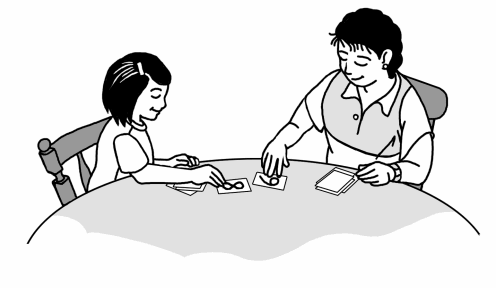
Answer:
Top-It reinforces number recognition game.
I and my Daddy were playing this game.
According this game, my Daddy is the winner.
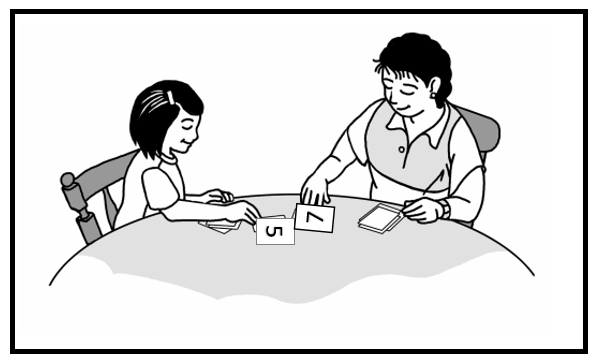
Explanation:
Top-It reinforces number recognition game.

I and my Daddy were playing this game.
First Time : We started playing the game. our first card was the same number 5.
Second Time : The card which my Daddy took was number 7, and I picked up number 5 card.
According this game, my Daddy is the winner.
Everyday Mathematics Grade K Home Link 4.13 Answers
100th Day Project
Family Note
Our class has been adding one number for each school day to our Growing Number Line. The 100th day of school is coming up soon, and it will be a major celebration!
One part of our celebration will be to create a 100 Museum containing collections of 100 things brought in by each child. Children have been thinking about things they might collect, such as a chain of 100 paper clips, a collection of 100 baseball cards, a necklace with 100 beads, or a building made from 100 blocks. We have been talking about ways to count the collections without losing track of the numbers. Making groups of 10 is a good way to count and display the objects.
Children may need a little help gathering materials, but they should be able to do most of the work themselves. Your child can bring in his or her collection as soon as it is ready. We look forward to a rewarding mathematical day!
Create a collection of 100 objects.
Count your objects and arrange them in whatever way you like.
Bring your 100th Day collection to school by
_______
Answer:
100th Day collection to school by me.
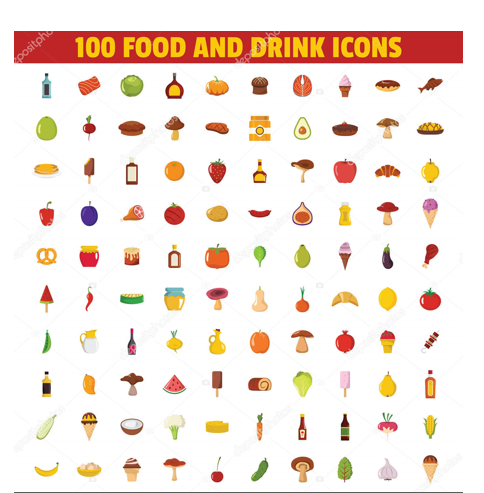
Explanation:
100th Day collection to school by me.

Number of items in each row = 10 or Ten.
Number of columns of the items = 10 or Ten.
Total number of items listed = Number of items in each row × Number of columns of the items
= 10 × 10
= 100 or Hundred.